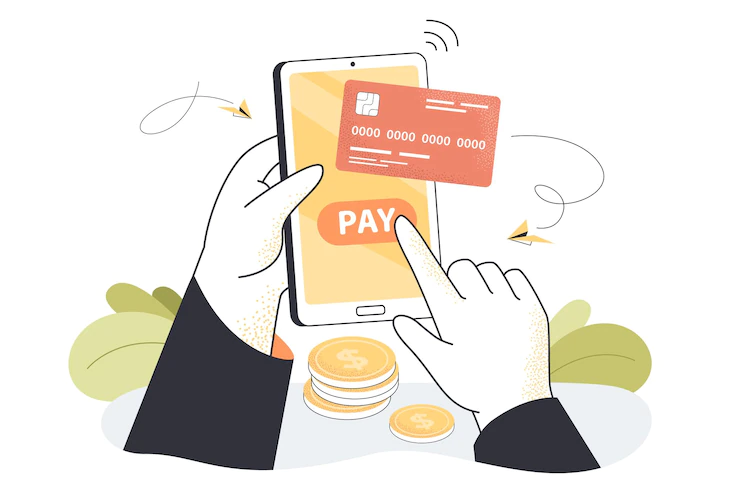Compare Types Of Refinance Rates
3 Mins Read
Published on: 09 January 2023
Last Updated on: 09 October 2024

toc impalement
Refinancing a mortgage is one of the best ways to ensure you’re getting the most value out of your home. Whether you want to lower your monthly payment or have more flexibility with your cash flow, refinancing can help. But before you dive into the market, there are some things to consider. First, what kind of refinance do you want? Here have a look and compare student loan refinance rates of the main types:
Fixed-Rate Mortgages
Fixed-rate mortgages are the most common mortgage, and for a good reason. They tend to have lower interest rates than adjustable-rate mortgages and have a fixed interest rate for the life of the loan. This means that you know your monthly payment until your loan is paid off and can plan accordingly.
People who want to know exactly how much they’ll pay every month should choose this type of mortgage. However, if you want more flexibility or want to save money on interest payments in the long run (because fixed-rate mortgages usually carry higher APRs), consider an adjustable-rate mortgage instead.
Adjustable-Rate Mortgages
Adjustable-rate mortgages (ARMs) are riskier than fixed-rate mortgages because their interest rates can change over time. For example, when you get an adjustable-rate loan, you agree to pay a specific interest rate for a certain period of time (typically 3, 5 or 7 years).
Once that period ends, the loan resets to one of two different rates: either your initial rate plus a set amount (called indexing) or your initial rate plus an additional percentage equal to the market’s average mortgage interest rate at that point in time (called margin).
FHA Loans
First-time homebuyers and those with less-than-perfect credit can find low refinance rates with an FHA loan. FHA loans are backed by the Federal Housing Administration (FHA), which means the U.S. government insures them against default on home loans.
This helps to keep lenders from having to take big losses if a borrower defaults on their mortgage payments, allowing them to offer lower interest rates and fees without fear of losing money in case something goes wrong with a borrower’s finances or ability to pay back the loan.
Cash-Out Refinance Loans
A cash-out refinance loan allows you to take out a loan against the equity in your home. You can use the money to pay off high-interest debt, make home improvements, or make a down payment on a new home.
Depending on how much equity you have in your home and how much money you want to borrow, it may be more cost-effective for you to get a traditional refinancing loan instead of a cash-out refinance
To check the refinance rates and terms you can qualify for, Lantern by SoFi and its network lenders might conduct a soft credit check that will not impact your credit score.
Hopefully, this guide has helped you better understand the different types of refinance rates. Refinancing is a great way to boost your home value, but it can also be expensive. You must review all the options available to make sure you find the right loan for your needs and budget!
Read Also:


















Comments Are Closed For This Article